Ви повинні увійти в систему
-
WróćX
-
компоненти
-
-
Category
-
Напівпровідники
- Діоди
- Тиристори
-
Електро-ізольовані модулі
- Електроізольовані модулі | ВІШАЙ (ІЧ)
- Електроізольовані модулі | INFINEON (EUPEC)
- Електроізольовані модулі | Семікрон
- Електроізольовані модулі | POWEREX
- Електроізольовані модулі | IXYS
- Електроізольовані модулі | ПОСЕЙКО
- Електроізольовані модулі | ABB
- Електроізольовані модулі | ТЕХСЕМ
- Przejdź do podkategorii
- Випрямні мости
-
Транзистори
- Транзистори | GeneSiC
- Модулі SiC MOSFET | Mitsubishi
- Модулі SiC MOSFET | STARPOWER
- Модулі ABB SiC MOSFET
- Модулі IGBT | MITSUBISHI
- Транзисторні модулі | MITSUBISHI
- Модулі MOSFET | MITSUBISHI
- Транзисторні модулі | ABB
- Модулі IGBT | POWEREX
- Модулі IGBT | INFINEON (EUPEC)
- Напівпровідникові елементи з карбіду кремнію (SiC)
- Przejdź do podkategorii
- Драйвери
- Блоки потужності
- Przejdź do podkategorii
- Електричні перетворювачі
-
Пасивні компоненти (конденсатори, резистори, запобіжники, фільтри)
- Резистори
-
Запобіжники
- Мініатюрні запобіжники для електронних плат серії ABC і AGC
- Швидкі трубчасті запобіжники
- Повільні запобіжники з характеристиками GL / GG і AM
- Ультрашвидкі плавкі запобіжники
- Швидкі запобіжники: британський та американський стандарт
- Швидкі запобіжники. Європейський стандарт
- Тягові запобіжники
- Високовольтні запобіжні
- Przejdź do podkategorii
-
Конденсатори
- Конденсатори для електродвигунів
- Електролітичні конденсатори
- Снабберні конденсатори
- Конденсатори потужності
- Конденсатори для DC ланцюгів
- Конденсатори для компенсації пасивної потужності
- Високовольтні конденсатори
- Конденсатори великої потужності для індукційного нагріву
- Конденсатори для зберігання імпульсів та енергії
- Конденсатори DC LINK
- Конденсатори для ланцюгів змінного / постійного струму
- Przejdź do podkategorii
- EMI фільтри
- Іоністори (супер-конденсатори)
-
Захист від стрибків напруги
- Захист від перенапруги для коаксіального застосування
- Захист від перенапруг для систем відеоспостереження
- Захист від перенапруги для силових кабелів
- Розрядники перенапруги для світлодіодів
- Розрядники перенапруги для фотоелектрики
- Захист системи зважування
- Захист від перенапруги для Fieldbus
- Przejdź do podkategorii
- Przejdź do podkategorii
-
Реле та контактори
- Реле та контактори - теорія
- Напівпровідникові реле AC 3-фазні
- Напівпровідникові реле DC
- Контролери, системи управління та аксесуари
- Системи плавного пуску і реверсивні контактори
- Електромеханічні реле
- Контактори
- Оборотні перемикачі
-
Напівпровідникові реле AC 1-фазні
- РЕЛЕ AC 1-ФАЗНЫЕ СЕРИИ 1 D2425 | D2450
- Однофазное реле AC серии CWA и CWD
- Однофазное реле AC серии CMRA и CMRD
- Однофазное реле AC серии PS
- Реле AC двойное и четверное серии D24 D, TD24 Q, H12D48 D
- Однофазні твердотільні реле серії gn
- Однофазні напівпровідникові реле змінного струму, серія ckr
- Однофазні реле змінного струму ERDA та ERAA для DIN-рейки
- Однофазні реле змінного струму для струму 150А
- Подвійні твердотільні реле, інтегровані з радіатором для DIN-рейки
- Przejdź do podkategorii
- Напівпровідникові реле AC 1-фазні для друкованих плат
- Інтерфейсні реле
- Przejdź do podkategorii
- Індукційні компоненти
- Радіатори, варистори, термічний захист
- Вентилятори
- Кондиціонери, обладнання для шаф електричних, охолоджувачі
-
Батареї, зарядні пристрої, буферні блоки живлення та інвертори
- Батареї, зарядні пристрої - теоретичний опис
- Літій-іонні батареї. Спеціальні батареї. Система управління акумулятором (BMS)
- Батареї
- Зарядні пристрої та аксесуари
- Резервне джерело живлення ДБЖ та буферні джерела живлення
- Перетворювачі та аксесуари для фотоелектрики
- Зберігання енергії
- Паливні елементи
- Літій-іонні акумулятори
- Przejdź do podkategorii
-
Автоматика
- Futaba Drone Parts
- Кінцеві вимикачі, Мікровимикачі
- Датчики Перетворювачі
- Пірометри
- Лічильники, Реле часу, Панельні вимірювальні прилади
- Промислові захисні пристрої
- Світлові і звукові сигнальні установки
- Термокамери, Тепловізори
- LED-екрани
- Керуюча апаратура
-
Реєстратори
- Реєстратори температури з записом на стрічку і з цифровим індикатором - AL3000
- Мікропроцесорні реєстратори з екраном LCD серія KR2000
- Реєстратор KR5000
- Вимірювач з функцією реєстрації вологості і температури HN-CH
- Експлуатаційні матеріали для реєстраторів
- Компактний графічний реєстратор 71VR1
- Реєстратор KR 3000
- Реєстратор PC серії R1M
- Реєстратор PC серії R2M
- Реєстратор PC, USB, 12 ізольованих входів – RZMS
- Реєстратор PC, USB, 12 ізольованих входів – RZUS
- Przejdź do podkategorii
- Przejdź do podkategorii
-
Провід, літцендрат, гофровані рукави, гнучкі з'єднання
- Дроти
- Багатожильні дроти Lica
-
Кабелі і дроти для спеціальних застосувань
- Подовжувальні та компенсаційні дроти
- Дроти для термопар
- Приєднувальні дроти для датчиків PT
- Багатожильні дроти темп. -60C до +1400C
- Дроти середньої напруги
- Дроти запалювання
- Нагрівальні дроти
- Одножильні дроти темп. -60C до +450C
- Залізничні дроти
- Нагрівальні дроти для вибухонебезпечних зон
- Przejdź do podkategorii
- Оболонки
-
Плетені кабелі
- Плоскі плетені кабелі
- Круглі плетені кабелі
- Дуже гнучкі плетені кабелі - плоскі
- Дуже гнучкі плетені кабелі - круглі
- Мідні циліндричні плетені кабелі
- Мідні циліндричні плетені кабелі і кожуха
- Гнучкі заземлювальні стрічки
- Циліндричні плетені дроти з лудженої і нержавіючої сталі
- Мідні ізольовані плетені дроти PCV - температура до 85 градусів C
- Плоскі алюмінієві плетені дроти
- З'єднувальний набір - плетені дроти і трубки
- Przejdź do podkategorii
- Аксесуари для тяги
- Кабельні наконечники
- Ізольовані еластичні шини
- Багатошарові гнучкі шини
- Системи прокладки кабелю (PESZLE)
- Шланги
- Przejdź do podkategorii
- Zobacz wszystkie kategorie
-
Напівпровідники
-
-
- Постачальники
-
додатки
- Energy bank
- ІНДУКЦІЙНИЙ НАГРІВ
- Автоматизація HVAC
- Верстати з ЧПУ
- ВИМІРЮВАННЯ ТА РЕГУЛЮВАННЯ ТЕМПЕРАТУРИ
- Вимірювання та регулювання температури
- ГІРНИЧОДОБУВНА ПРОМИСЛОВІСТЬ, СТАЛЕЛИВАРНІ КОМБІНАТИ, ГЗК
- ДВИГУНИ І ТРАНСФОРМАТОРИ
- ЕНЕРГЕТИКА
- ЗВАРЮВАЛЬНІ АПАРАТИ
- КОМПЛЕКТУЮЧІ ДЛЯ РОЗПОДІЛЬНИХ, ТЕЛЕКОМУНІКАЦІЙНИХ ШАФ І ШАФ УПРАВЛІННЯ
- МАШИНИ ДЛЯ ДЕРЕВООБРОБКИ ТА СУШІННЯ ДЕРЕВИНИ
- ПОЛІГРАФІЯ
- ПРИВІД ПОСТІЙНОГО І ЗМІННОГО СТРУМУ
- ПРИЛАДИ ТА ОБЛАДНАННЯ ДЛЯ ВИБУХОНЕБЕЗПЕЧНИХ ЗОН (EX)
- ПРИСТРОЇ БЕЗПЕРЕБІЙНОГО ЖИВЛЕННЯ (UPS) І ВИПРЯМЛЯЧІ
- ПРОМИСЛОВІ ЗАСОБИ ЗАХИСТУ
- ПРОМИСЛОВА АВТОМАТИКА
- ТЕРМОФОРМОВОЧНІ МАШИНИ
- ТЯГОВИЙ ПРИВІД
-
монтаж
-
-
Індуктори
-
-
Індукційні прилади
-
-
https://www.dacpol.eu/pl/naprawy-i-modernizacje
-
-
Сервіс
-
- Контакт
- Zobacz wszystkie kategorie
Comparison of capacitive and resistive touch panels: Which solution is better for your business?

Choosing the right touch solution can be a challenge for many companies looking to implement innovative technologies in their products or processes. The two most commonly used types – capacitive touch screens and resistive touch panels – have unique advantages and are used in various environments. Understanding these differences will help select the ideal solution to ensure optimal performance, durability, and user convenience in a given application.
Capacitive Touch Screens – Excellent Precision and Modern Design
Capacitive touch panels, often referred to as PCAP (Projected Capacitive) screens, are a technology widely used in mobile devices such as smartphones and tablets, where fast and intuitive interaction is a priority. A capacitive touch panel works by detecting changes in the electrostatic field on the screen's surface. This method makes capacitive screens exceptionally sensitive to touch, allowing operation with gentle gestures.
Advantages of Capacitive Touch Panels:
- Precise touch detection – A capacitive touch screen is highly accurate, responding to even the slightest user gestures. This makes it ideal for applications requiring high precision, such as user interfaces in medical devices, POS applications, or advanced control systems.
- Multi-touch support – Capacitive touch screens support multi-touch functionality, enabling advanced gestures such as zooming or scrolling. This feature is especially useful in interactive devices and enhances user intuitiveness.
- Modern look and durability – Capacitive touch panels are typically covered with durable glass, which not only provides an elegant appearance but also protects the surface from scratches, dust, and other damage. This makes capacitive screens an ideal solution for devices used publicly, such as information kiosks.
- Increased resistance to dirt – The surface of capacitive screens is easy to clean, making them ideal for industries where cleanliness and hygiene are a priority, such as healthcare, food service, and the food industry.
With these features, capacitive touch screens are an excellent choice for companies that value modernity, intuitiveness, and high-quality user interaction.
Resistive Touch Panels – Reliability and Versatility in Harsh Conditions
Resistive touch panels operate based on pressure detection. They consist of two transparent layers that touch when force is applied to the screen. This allows for precise control regardless of whether the user is using their hand, a stylus, or gloves, making resistive panels a popular choice in industrial and specialized environments.
Advantages of Resistive Touch Screens:
- Reliability in various environments – Resistive touch panels work well in environments with high levels of dust, humidity, or extreme temperatures. Due to their resistance to challenging conditions, resistive screens are widely used in industries such as logistics and transportation, where equipment must function flawlessly even in adverse conditions.
- Versatile usage – A resistive touch panel can be operated with any tool, enabling use even by users wearing gloves or using specialized tools. This makes resistive touch panels suitable for medical devices, military equipment, and applications where standard touch operation is insufficient.
- Low sensitivity to external interference – The resistive panel functions smoothly regardless of the presence of water, dust, or other contaminants. This makes resistive touch screens suitable for locations where other technologies might struggle to perform.
- Cost-effectiveness – Compared to capacitive panels, resistive touch panels are more budget-friendly. For companies looking for a solid, economical solution that is durable, resistive touch screens may be an attractive choice, especially for larger orders.
Resistive touch panels are, therefore, the optimal solution for companies that need reliable technology suited to extreme conditions and specialized applications.
Which Touch Panel to Choose?
The choice between a capacitive and a resistive touch screen largely depends on the environment in which they will be used and the specific requirements of end-users. Capacitive screens are more aesthetic, modern, and convenient to use, making them the best for consumer devices, POS systems, and interactive kiosks. For industries where aesthetics, high touch sensitivity, and multi-touch capability are essential, capacitive screens are an ideal choice.
On the other hand, resistive touch panels are an excellent option for industry, logistics, and applications where the screen must function reliably in conditions of high dust, humidity, or extreme temperatures. Reliability, durability, and the ability to operate using various tools make resistive touch screens the ideal choice for specialized and professional applications.
Summary
Each type of touch panel – capacitive and resistive – has its unique advantages that meet different business needs. For companies seeking a modern, elegant, and touch-sensitive solution that offers multi-touch support, capacitive touch screens are an excellent choice. Meanwhile, companies operating in environments that demand durability, versatility, and resistance to extreme conditions may opt for resistive touch panels, which perform well in the toughest applications.
A careful analysis of your company's needs and the conditions in which the screens will be used will help make the best decision. Choosing the right touch solution can improve the efficiency and reliability of operations while enhancing end-user satisfaction.
Related products
Related posts
 Now available – DC/DC converters from PREMIUM
Now available – DC/DC converters from PREMIUM
 New release in DACPOL lighting for lathes – Kira covers
New release in DACPOL lighting for lathes – Kira covers




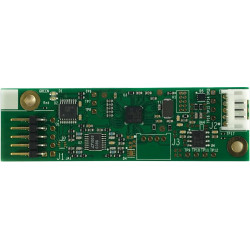
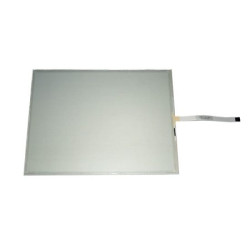
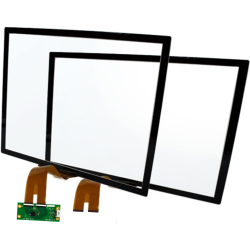
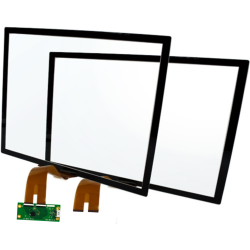
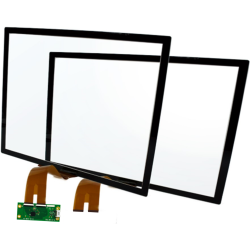
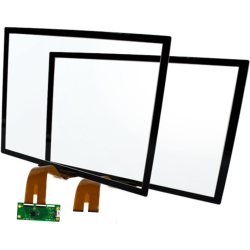
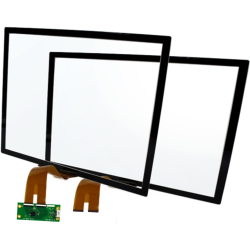
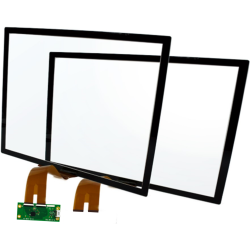
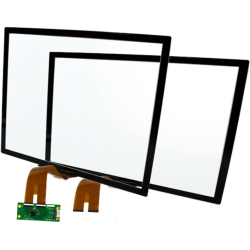
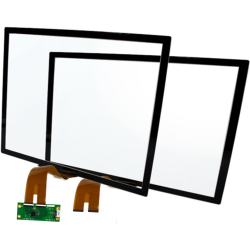
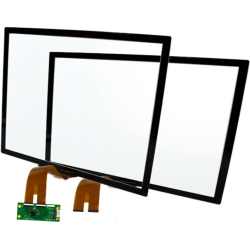
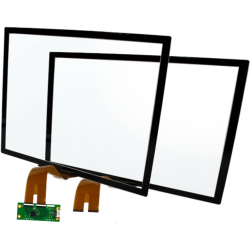
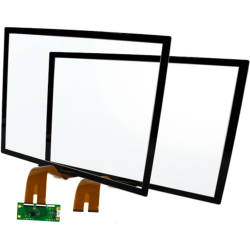
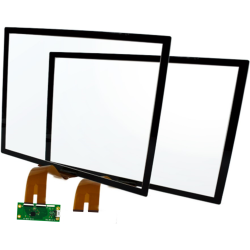
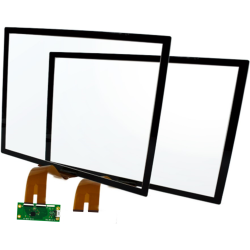
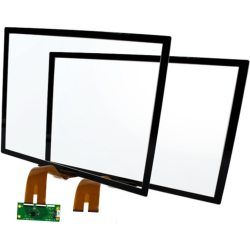
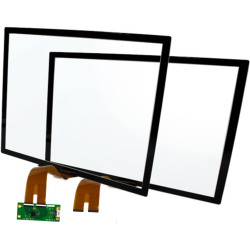
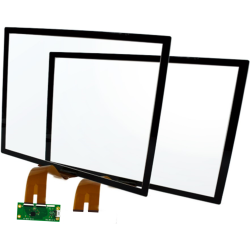
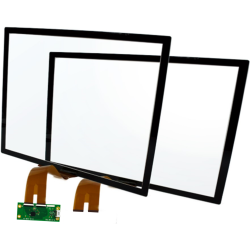
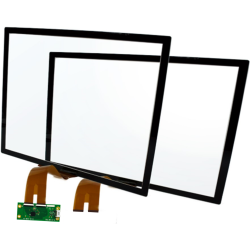
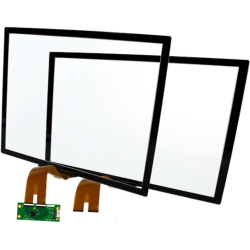
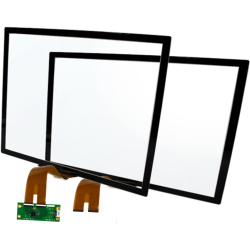
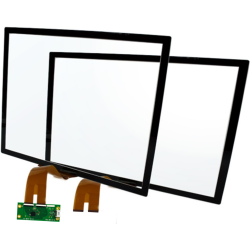
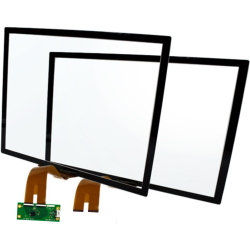
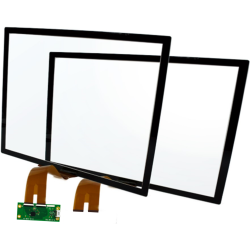
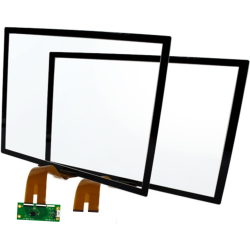
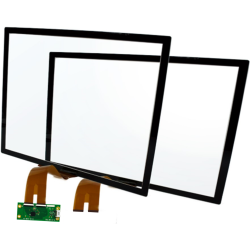
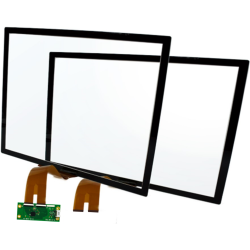
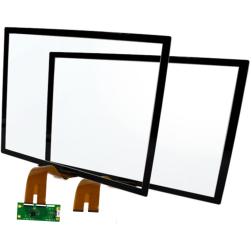
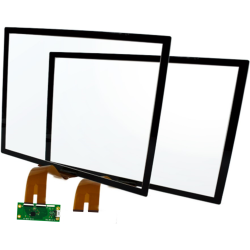
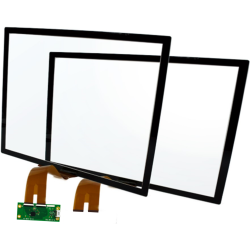
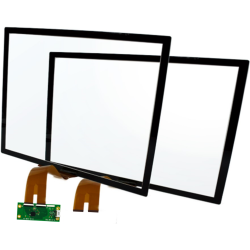
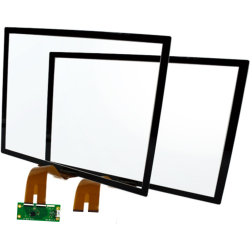
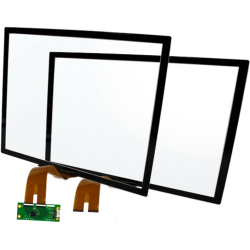
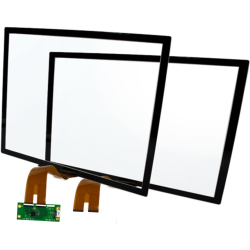
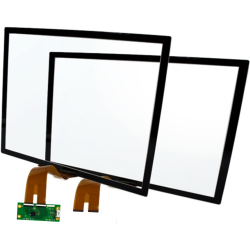
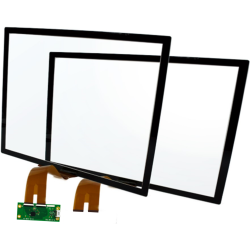
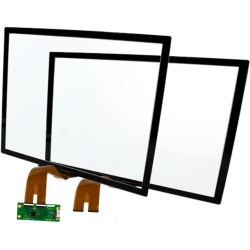
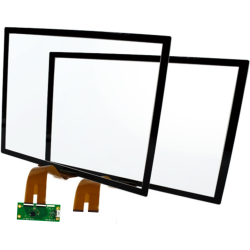
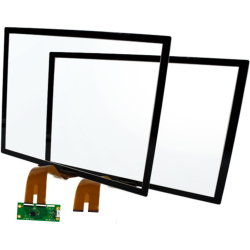
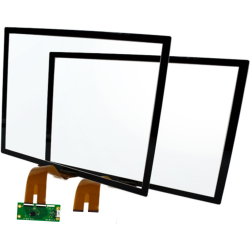
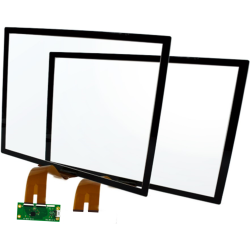
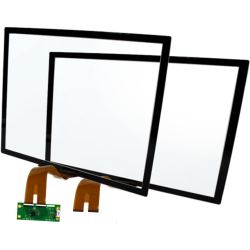
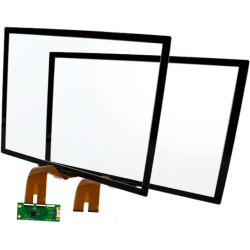
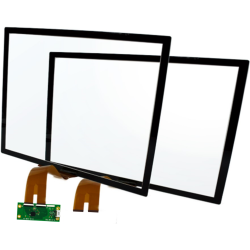
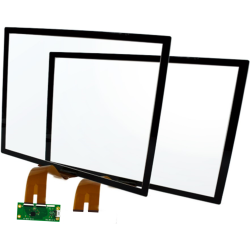
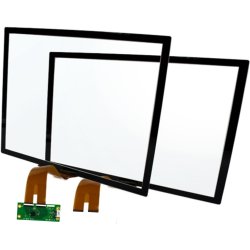
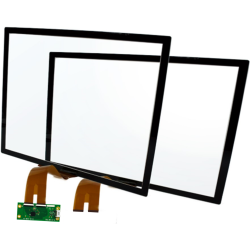
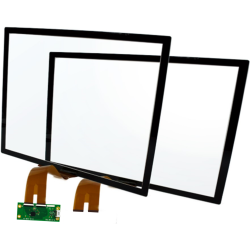
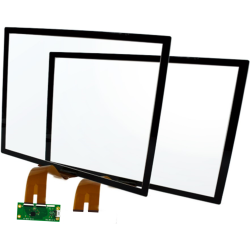
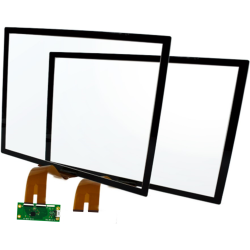
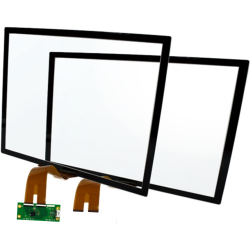
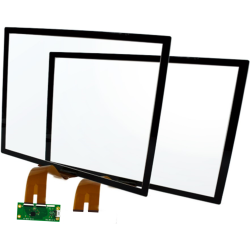
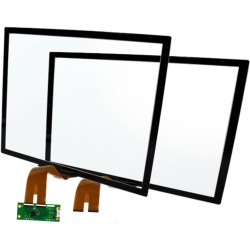
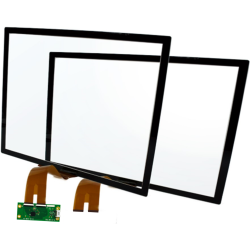
Leave a comment